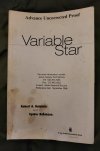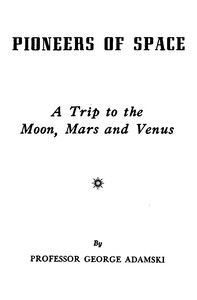Mike J Nagle
An Aspiring Member
Hello.
In 2016, I created a reading-order flowchart for Eric Flint's Ring of Fire (1632) series. I posted it at Baen's Bar (which is currently on hiatus, unfortunately) back then as my introduction to the forums.
Since 2016, I have created over a dozen reading-order flowcharts that are similar in design to that one for other popular series by other authors. One of those other series was Robert A. Heinlein's "Future History" series.
This flowchart covers all of Heinlein's novels and short stories in the series. It also connects some of Heinlein's stories that are peripherally related to Future History but not, strictly speaking, part of Future History.
I hope you all find the flowchart useful and pleasing.
Comments, corrections, questions, and criticism are always welcome.
Later,
Mike

In 2016, I created a reading-order flowchart for Eric Flint's Ring of Fire (1632) series. I posted it at Baen's Bar (which is currently on hiatus, unfortunately) back then as my introduction to the forums.
Since 2016, I have created over a dozen reading-order flowcharts that are similar in design to that one for other popular series by other authors. One of those other series was Robert A. Heinlein's "Future History" series.
This flowchart covers all of Heinlein's novels and short stories in the series. It also connects some of Heinlein's stories that are peripherally related to Future History but not, strictly speaking, part of Future History.
I hope you all find the flowchart useful and pleasing.
Comments, corrections, questions, and criticism are always welcome.
Later,
Mike





